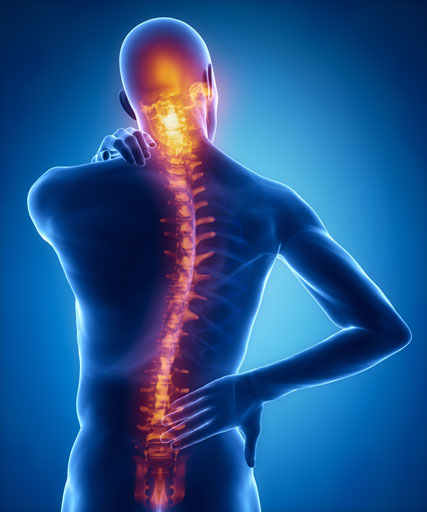Electrodiagnostic Testing

Electrodiagnostic testing is the way the function of nerves is tested. There are two parts to the testing, the electromyogram and nerve conductions. This kind of evaluation can prove peripheral nerve compression, at the wrist or elbow for instance, or nerve root irritation in the spine. Electrodiagnostic testing can play a pivotal role in the treatment program. The electromyogram helps determine if the nerve root is affected when the MRI is equivocal or shows which nerve root is more affected if imaging shows multiple abnormalities. It can also show that pain in the limb is not of spinal origin and treatments should be directed elsewhere. Nerve conduction studies can show where a nerve is affected in the limb and how severely.
Electrodiagnostic testing is taught to physiatrists and neurologists in their training programs, but not anesthesiologists. The understanding of physiology, anatomy, and neuromuscular function that is needed for electrodiagnostic training is the backbone of any successful treatment program, because a correct diagnosis is where it all starts.
